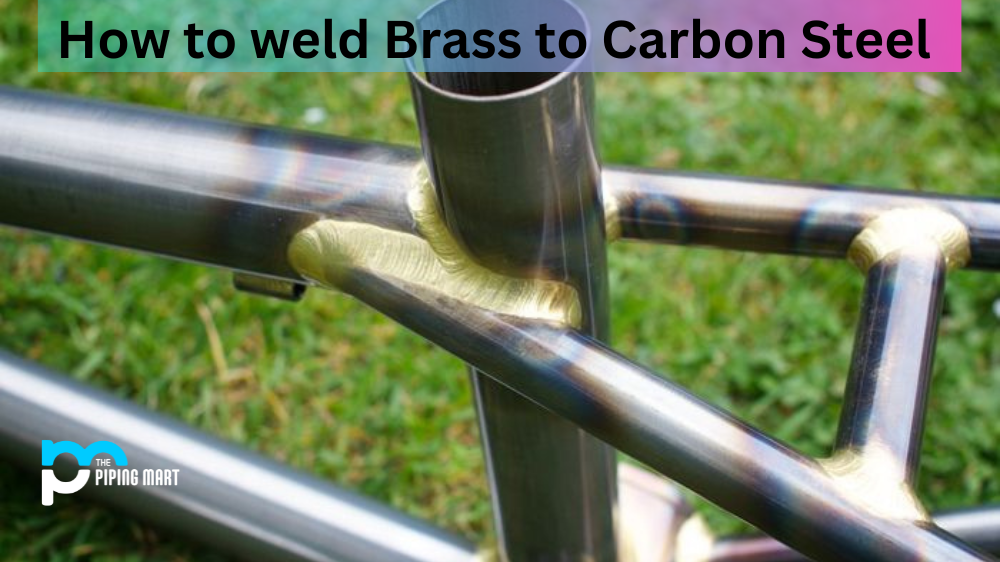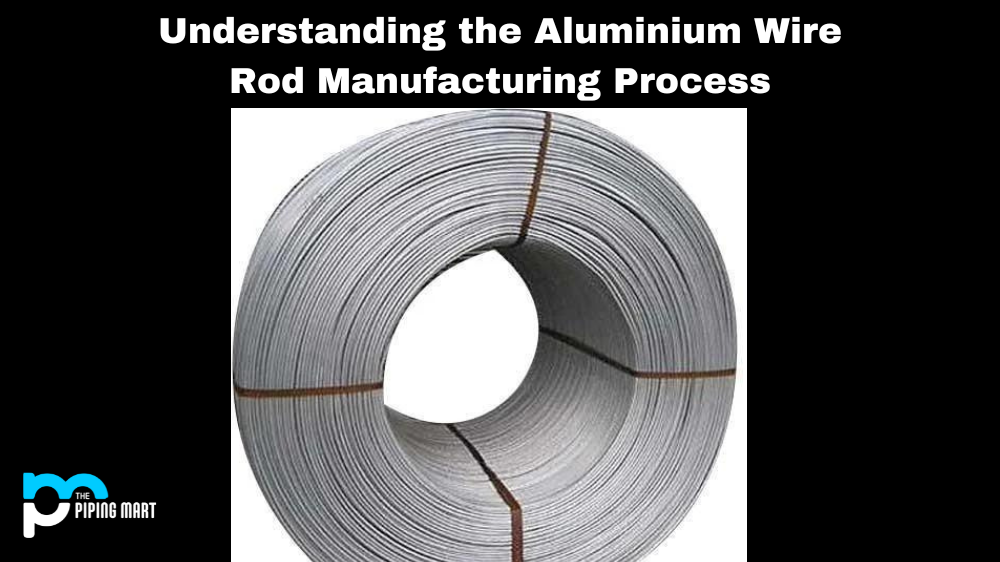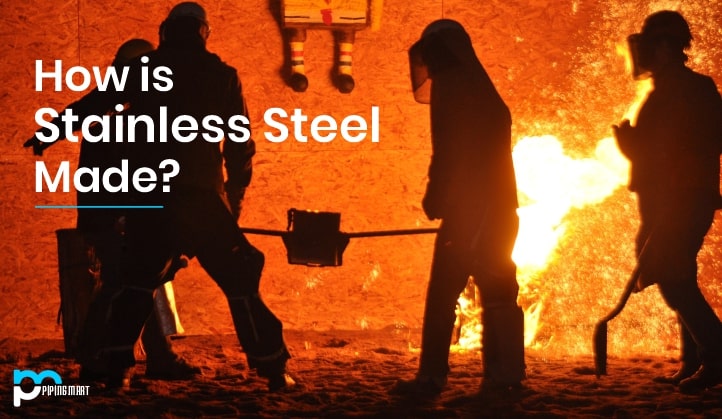If you’re a metalworker, you know that the way a piece of metal is treated can make all the difference in its longevity and effectiveness. Two of the most commonly used treatments are nitriding and carburizing, each with its own advantages and disadvantages. Today we’ll look at nitriding and carburizing to understand how they differ and when one might be better than the other.
Nitriding vs. Carburizing
When it comes to metal treatments, nitriding and carburizing both involve introducing a certain element into the surface of the metal in order to strengthen it. In nitriding, nitrogen atoms are introduced into the surface of the metal, while in carburizing, carbon atoms are added. This process creates an alloy on the surface of the metal that makes it harder and more wear-resistant.
Advantages of Nitriding
One advantage of nitriding is that it does not require any additional materials or processes after treatment to retain its properties. Additionally, nitrided parts are less likely to distort during heat treatment because there is no quenching involved. Nitride coatings also have excellent fatigue resistance due to their low residual stress levels. Lastly, nitride coatings create a hard layer on top of the soft substrate, which adds another layer of protection against wear and tear.
Advantages of Carburizing
Carburized metals have improved corrosion resistance because they have a higher amount of chromium or molybdenum in them than regular steel does. Additionally, carburized metals tend to be much stronger than untreated ones due to their increased hardness level achieved through heat treatment processes like quenching and tempering, which are often part of carburization treatments. Lastly, they also tend to be more ductile than untreated metals, which can allow them to withstand greater impacts without fracturing or breaking apart as easily as untreated metals would.
Disadvantages of Nitriding
Nitriding is a heat-treating process used to harden metal surfaces. While this process has a number of advantages, such as improved wear resistance and corrosion resistance, it is not without its disadvantages. Nitriding can cause surface cracking if the temperatures rise too high; it can also result in brittle surfaces that are more prone to deformation or failure when subjected to certain loads. In addition, nitriding can cause undesirable changes in the parts’ internal stresses, which can lead to part distortion. Finally, some materials that are through-hardened cannot be nitride-treated, making nitriding unusable for those applications. All these drawbacks should be taken into consideration when determining if nitriding is the right solution for any given application.
Disadvantages of Carburizing
Carburizing is an effective technique used in metalworking to increase the surface hardness of steel and other metals. Although carburizing can help improve a metal’s durability, there are some disadvantages associated with the process. For example, carburizing create uneven surfaces, which can make it difficult for rivets and screws to take hold securely. Further, the carburization process can become very expensive depending on the size of the project and the type of material being treated. Additionally, rather lengthy heating-cooling cycles usually need to be employed in order for proper carburization results to be achieved, making the process even more time-consuming. Ultimately, although carburizing provides certain benefits, if done improperly or without proper care, it can lead to cost-ineffective or even dangerous results.
Conclusion:
In conclusion, both nitriding and carburizing offer different benefits depending on your specific needs for treating metal components. Nitrided parts offer excellent fatigue resistance with minimal distortion during heat treatment, while carburized parts provide improved corrosion resistance as well as greater strength and ductility compared to untreated metals. Consider your project requirements carefully before choosing between these two methods for treating your metal components—the right choice could make all the difference! Intended Audience: Metalworkers looking for advice about which type of metal treatment is best for their project needs.

Meet Bhavesh, a seasoned blogger with a wealth of knowledge and experience. From metal products manufacturing to retail, Bhavesh has a diverse background in various industries and is dedicated to sharing his insights and expertise with readers.




